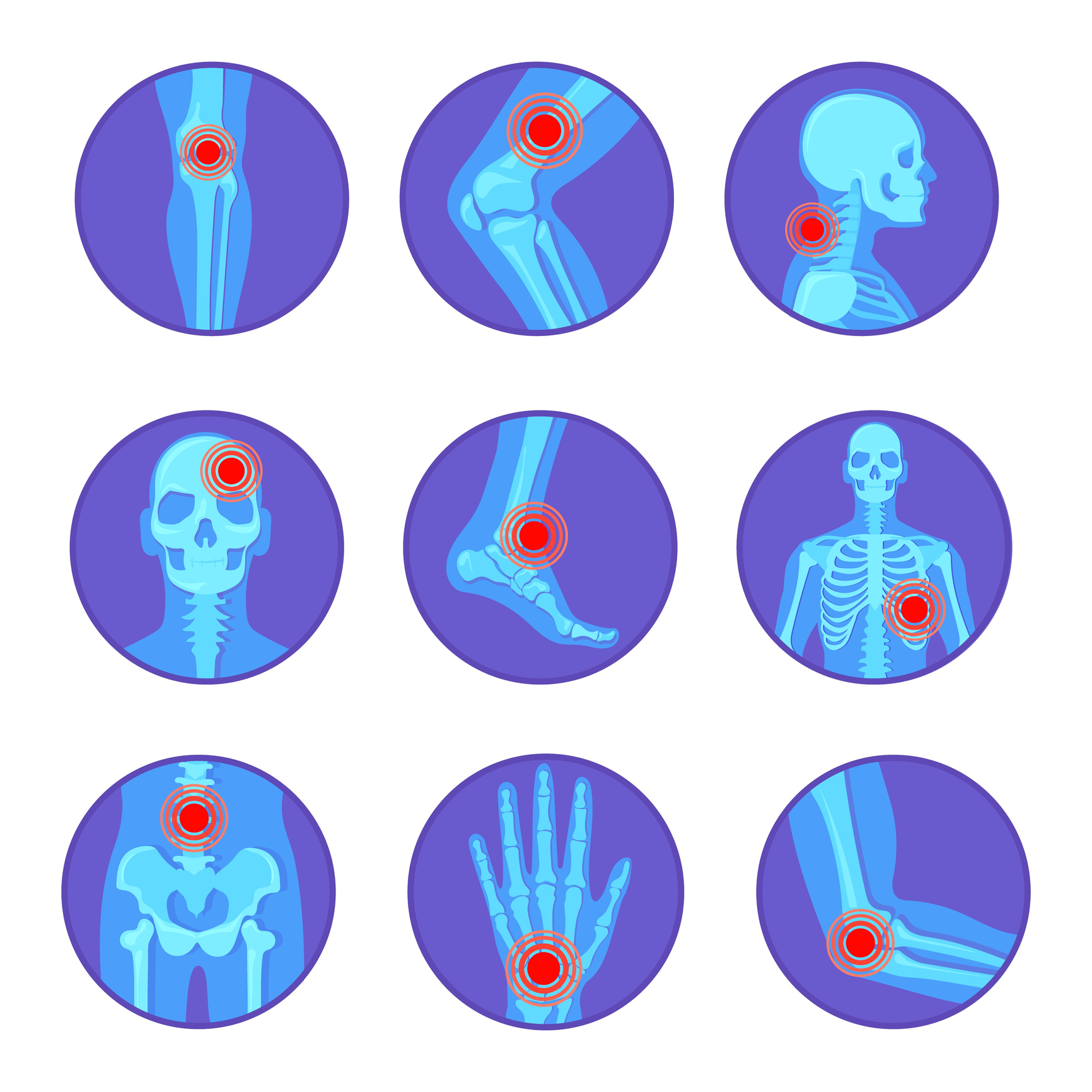Therapeutic approaches to fibromyalgia (FM) are shifting towards a combined multi-treatment approach to tackle the variety of symptoms experienced in FM. Importantly, little is known about FM patients’ attitude towards the available treatments.
A cross-sectional web survey obtained responses from 464 individuals who satisfied diagnostic criteria for FM. Respondents were asked to report which treatments they adopted in their past, present, and intend to adopt in the future. They also rated their level of wellbeing, depression, anxiety and pain catastrophizing.
Data revealed a predominantly combined multi-treatment approach in a sample characterised by middle aged, caucasian women. Respondents reported pervasive use of pharmacological therapy but had also adopted non-pharmacological treatment in the past. Future intentions clustered on alternative treatment or no treatment. Regression analyses revealed that pharmacological treatment in the past was predictive of both pharmacological and non-pharmacological treatment in the present. However, use of non-pharmacological treatment in the past was uniquely predictive of its re-use in the present and future. This pattern was also accounted for by individual differences in pain magnification and wellbeing in the past.
Treatment preferences of FM individuals reveal an ambivalent combination of heavy reliance on pharmacological treatment with lower but consistent reliance on non-pharmacological treatment for those individuals who used it in the past and present. This finding may inform longitudinal research into the relationship between pharmacological and non-pharmacological treatment preference in FM patients, which could in turn inform guidelines for individualised therapeutic plans for clinicians.
This article is protected by copyright. All rights reserved.
Treatment preferences in fibromyalgia patients: A cross-sectional web-based survey.


